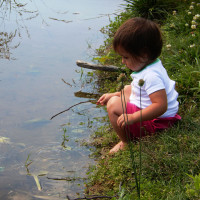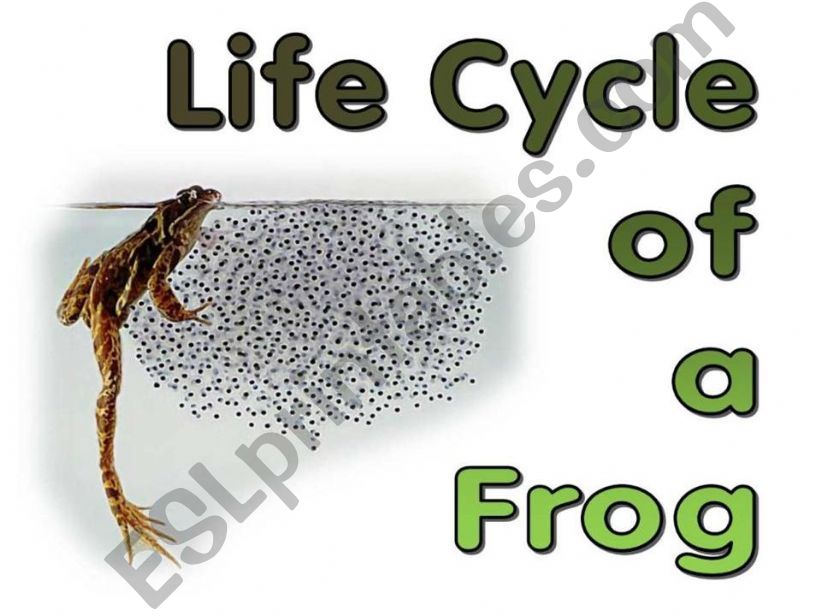
- #Science observing tad poles first grade lesson how to#
- #Science observing tad poles first grade lesson free#
Our informal STEM activities have been designed for use with a wide range of ages. They can still be adapted by educators for use in other classes. ( Note: Our lesson plans offer NGSS-alignment information for specific grades. The resources below have been grouped by grade band to help educators select the experiments and lessons that best fit their needs.
#Science observing tad poles first grade lesson free#
If you enjoyed this lesson, check out these links to additional NatureMapping materials.The free STEM lessons and activities below help educators teach K-12 students about the science of light, specifically, visible light, with hands-on exploration and active learning. Visit Science Notebooks for examples of student journals, teaching tips, and classroom tools. Rather than writing directly on the pages of the field journal, make your comments or mark grades on sticky notes that you attach to the pages. How'd your students do? Your students' journals should contain all the information you defined in the lesson, such as good organization and using the time and date correctly. Use student journal information to clarify previous lessons, such as using measurements or making estimations. Ask students to hand in their journals on a regular basis.

Test your students' ability to take good field notes. Encourage students to use rulers and colored pencils for graphs and drawings. Try to elicit questions related to the senses. Grade 2: Ask students to record what they see in the classroom in their field journals. Student journals may need a drawing of a clock face to represent time. Ask students to explain and record what they see, and elicit questions about the senses. Grades K-1: Bring in something to look at, such as an insect or plant. Is the lesson too advanced for your students? Here are some ways to customize the lesson for younger age groups: Inspire future lessons or assignments based on the observations in students' field journals. This helps students see what improvements they need in species identification.Ħ. Ask students to use observations in their field journals to identify any species they find, referencing field guides as needed. Thereafter, help students refine their note-taking skills throughout the next sessions.ĥ. Lead students in initially finding the location for their sit-spot.

Or ask students to refine their entries for each session.Ĥ. Focus students on observing one thing per session, for example, plants and habitat for one session, insects for another session, and animals during another. Provide guidelines for what the student will be recording during each session. For example, students should be at least ten feet apart from one another, and they are not allowed to talk.ģ. Explain that the student will use the same sit-spot for future sessions. The student should record all sensory information and observations in the field journal according to the format you have defined previously.Ģ.

Inform students about the exercise, choosing a sit-spot on the school grounds from which the student will sit and observe his or her surroundings for twenty minutes (rain, shine, or snow).
#Science observing tad poles first grade lesson how to#
Throughout several sessions, you will teach students how to record entries in their field journals from their "sit-spot." This is the location where they've chosen to sit and record their observations.ġ.


 0 kommentar(er)
0 kommentar(er)
